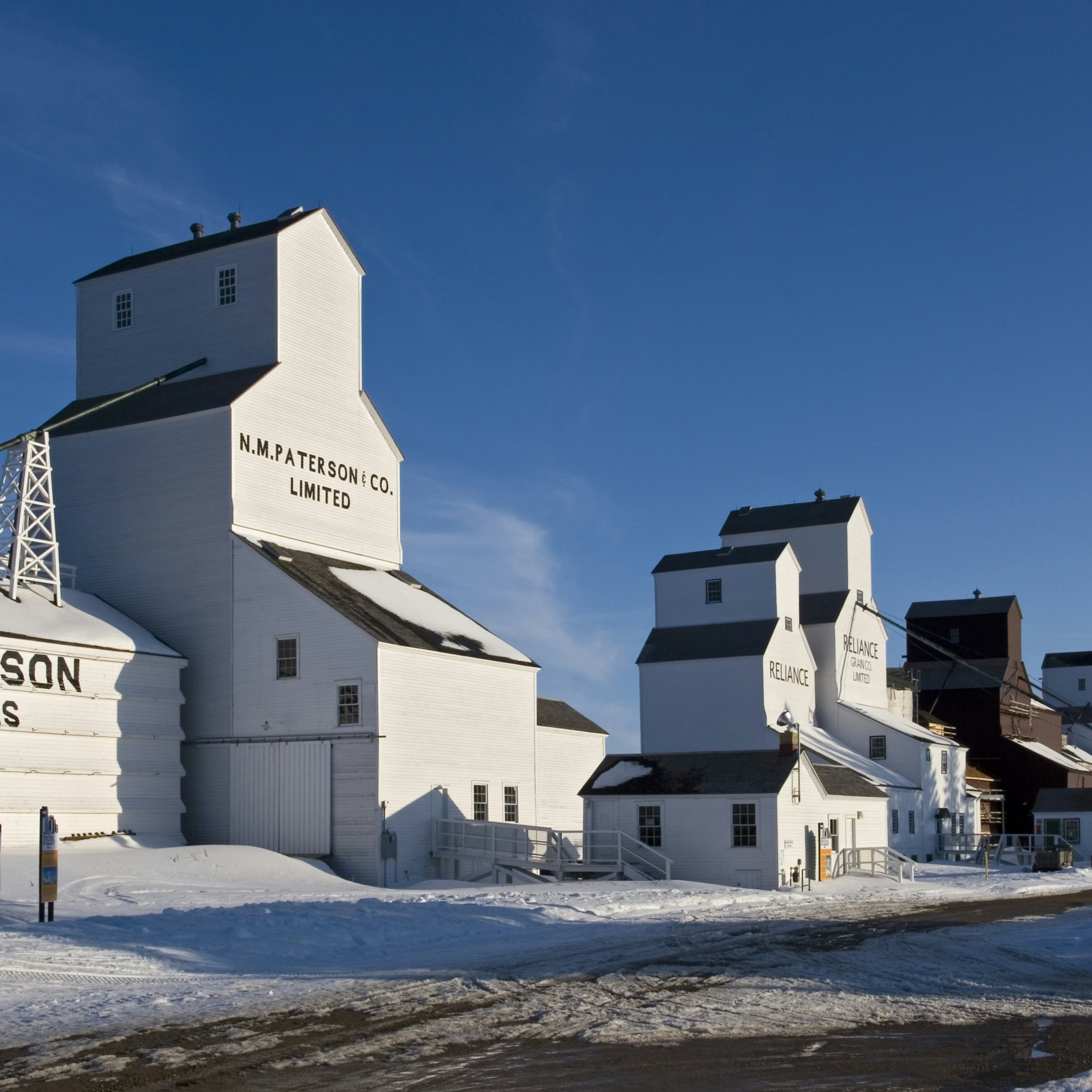

Getty Images
Overview
The two prominent stars of Manitoba are Winnipeg, with its big-city sophistication, and Churchill, with its profusion of natural wonders. But it's what lies between that truly defines this often misunderstood prairie province. Open spaces seem to stretch forever – gently rolling fields of grain punctuated by silos reach all the way north to the boreal forest and the Arctic tundra beyond.
Leave the planning to a local expert
Experience the real Manitoba. Let a local expert handle the planning for you.
Must-see attractions
Get a book. Get inspired. Get exploring.
in partnership with getyourguide


















